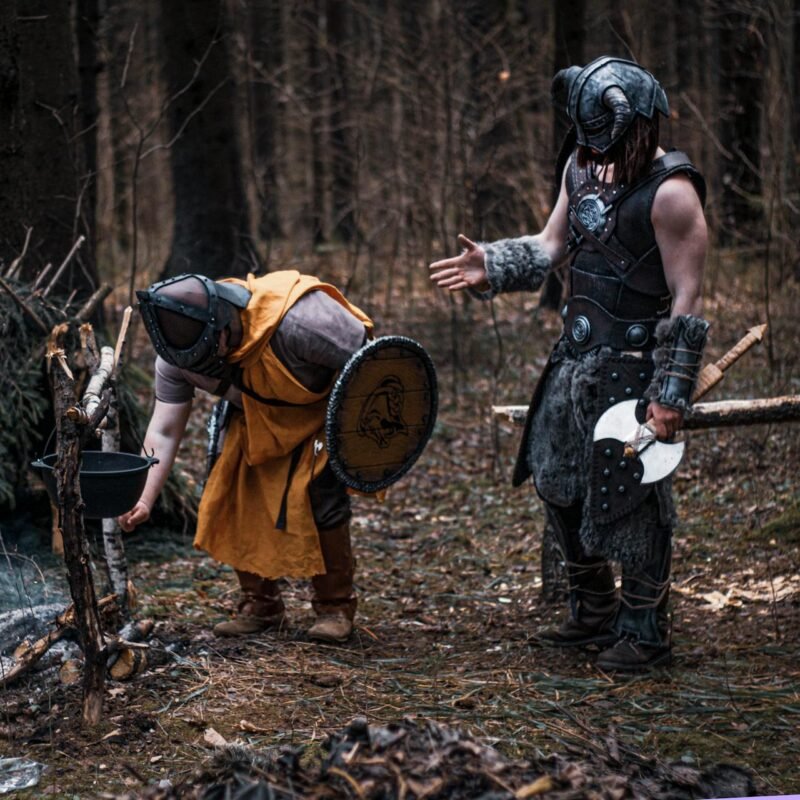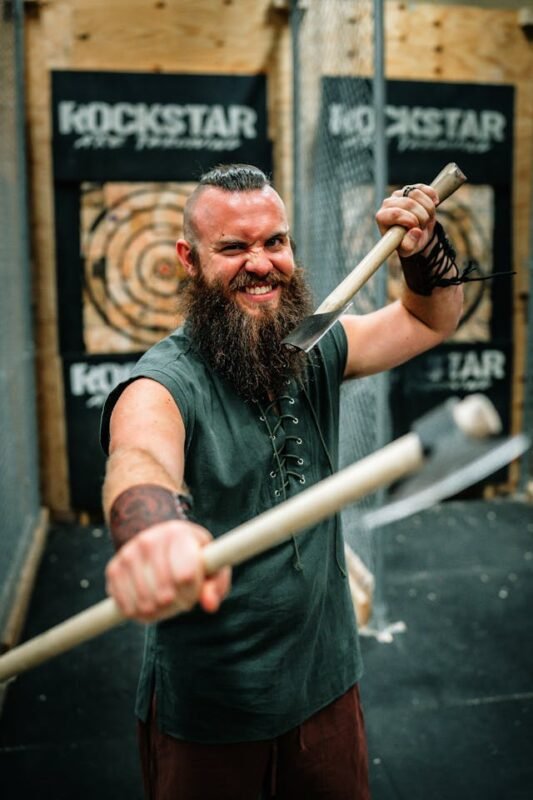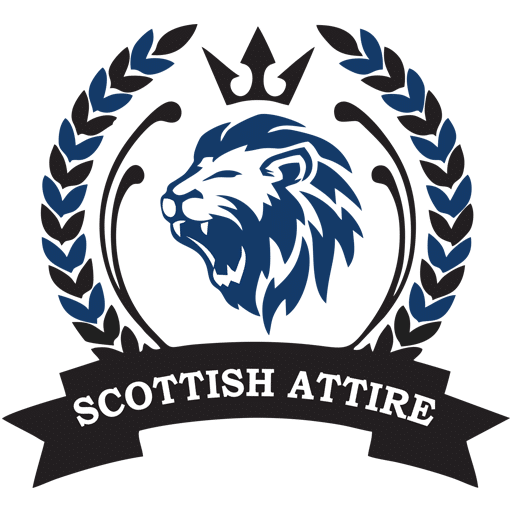Did Vikings wear kilts?

One frequently asked question is, “Did Vikings wear kilts?” In short, the answer is “no.” Viking men wore pants (often with leg wraps beneath the knee), and kilts did not show up until about 500 years after the Viking age had ended. For those who enjoy exploring historical connections or tackling academic challenges with the help of seminararbeit schreiben lassen, it’s interesting to ask: did the Vikings (and their offspring) perhaps indirectly contribute to the evolution of kilts? Yes, that’s the response.
Scotland in the Viking Age
During the Viking era (between the eighth and eleventh centuries A.D.), Europe was a patchwork of little kingdoms, occasionally haphazardly grouped in alliances. Scotland, although not known as such at the time, was no exception. Mostly living in the north and east, the indigenous people there were known as Picts.
The Celtic Britons of Strathclyde lived southward, close to the boundary with North Umbria and what is now England. The Scotti, or Scotts, of the kingdom of Dál Riata resided in the west. Though these two countries and peoples are now separate, the Scotts were a Celtic people with holdings in both Ireland and Scotland; Dál Riata was a kingdom spanning the channel into Ireland. Usually at war with one another, the Picts, Scotti (or Scotts), and Britons were all particularly hostile to the Anglo-Saxons to the south.
Photo by: Till Daling
However, the Vikings’ mass arrival on the nearly 800 islands of the Scottish archipelago challenged all this. The Scottish islands were ideal for the seaborne Vikings to create little havens and bases for their raiding, trading, and final settling in Ireland, Scotland, England, and beyond.
With a few dragon ships, an ambitious Viking could outnumber, overwhelm, or outfight the tough local population (recruiting and absorbing them later) and create his own realm on these little Scottish islands. After taking over most of this archipelago—where they still leave unambiguous DNA markers and place names—the Vikings began attacking mainland Scotland.
After Ivar the Boneless and Olaf the White leveled the Britons of Strathclyde, later Vikings began to dissect the kingdom of Dál Riata. However, Kenneth McAlpin, the Scotti King, successfully fought the Vikings alongside the Picts. Since they were always in alliance, the Scotts and Picts marked the start of Scotland.
Despite their resistance, the Vikings did not flee. Rather, Vikings started to live permanently—particularly in the west—and worked with this new Pict-Scott alliance. Scotland developed into a synthesis of four cultures—Scott, Pict, Briton, and Norse. These cultural variances would soon completely merge, and distinctions would vanish.

Photo by: Valiantsin Konan
Viking pants
Classical authors from ancient Greece and Rome sometimes marveled at northern “barbarian” tribes, including the Celts, Scythians, Germanic, and Nordic tribes, sporting pants. Pants were deemed by the Greeks and Romans as strange, dirty, and unhealthy. During periods of strong anti-Barbarian sentiment, the Roman Empire even outlawed pants, considering them not just a fashion crime but a real crime.
But pants made all the sense in the world when one lived in the cold, tough northern climes and the demanding lifestyle it involved. Thus, men (and fighting women) in Scandinavia were sporting pants as usual when the Viking Age arrived.
Viking pants first had a simpler style. But when Vikings headed east—through modern Belarus, Ukraine, and Russia, all the way down to Turkey and even Iran and Iraq—they started to copy the eastern fashion of baggier, pleated pants.
Observing this, one Arab visitor, Ibn Rusta, thought Vikings had followed the trend too far. Vikings built their pants with lots of overlapping pleats, he said, using too much fabric to accentuate their personal presentation (Lunde and Stone, 2012).
This Viking fashion impulse could have been ostentatious, as the Arabic chronicler felt it was, or simply a way to create a garment that would be cool in summer but warm in winter, meeting the utility needs of intrepid travelers covering a great distance. All the same, this Viking style proved timeless and went on to inspire Medieval Paris and beyond’s clothing (Price, 2019). Vikings were often regarded as setting fashion trends in hairstyles, clothes, and jewelry. They were at the center of trade and a target of envy.
Kilts
Clearly, kilts are one of the most identifiable ethnic clothing items worldwide, serving as the national fashion of Scotland. But the word “kilt” comes from the Old Norse term “kjalta,” which really means “pleated,” or tucked. Indeed, “kilt” is derived from a Viking loan term. In the 1500s, people first refer to kilts as a cloak consisting of a long, pleated skirt with extra pleats of fabric draped over the shoulder.
Like perhaps the way Romans wore their togas, these pleats were painstakingly folded every time the garment was worn. The pleats were not sewed into a separate “waist down only” garment until later, roughly late 1600’s and early 1700’s, forming the kilt we know today. Since then, surrounding Gaelic nations, including Ireland, Wales, and Cornwall, have also embraced this garment, which went on to become the national garment of Scotland.

Photo by: Jvxhn Visuals
The Viking Wardrobe: Beyond the Kilt Myth
Though historical accuracy presents a different picture, the idealized view of Vikings wearing kilts can inspire the imagination. As late eighth- to early 11th-century seafarers from the Norse people, Vikings had a unique style that mirrored their environment, culture, and pragmatic needs.
Tunic Tidings
Viking clothing was based mostly on the adaptable and necessary tunic. Usually fashioned from wool, linen, or both, tunics come in several lengths and designs. Each color and pattern Viking chose reflected their social level, wealth, and personal taste, thus guiding themselves.
Mansions and Cloaks
Vikings wore outerwear, including cloaks and mantles, to fight the severe Nordic temperature. Made from wool or animal hides, these clothes provided warmth and weather resistance. Often used both functionally and aesthetically, cloaks were fastened with brooches.
Legwear Tradeline
Unlike kilts, Vikings loved pants and leg coverings. Commonplace in the colder months, woolen or linen pants were utilitarian. Leg wraps or puttees provided extra warmth and protection.
Footfall Stories
Footwear was another absolutely vital component of Viking attire. Simple leather shoes or boots with turn-up toes and toggles were often found. Designed for comfort and longevity, these shoes fit the different surfaces Vikings came across on travel.
The Head Honcho
The Vikings had different head covers. Women preferred kerchiefs or veils; men sometimes wore plain hoods or caps. Practically and culturally, these head coverings expressed personal and social affiliations while shielding against the elements.
Accessorizing the Viking Methodology
Although Vikings were not known for ostentatious accessories, brooches, belts, and pouches were standard pieces for their clothing. These objects demonstrated status and workmanship, reflecting cultural value in addition to their practical use.
Final Words
Thus, no, the Vikings did not don kilts either. Still, some of their Scottish descendants most certainly did. The Vikings were renowned for their ability to fit the cultures they adopted. Indeed, history clearly shows that the Scottish country developed in substantial part under the influence of the Vikings. Actually, many Scots today are as much Nordic as they are Celtic; thus, the early forms of kilts may have been inspired by the heavily pleated pants brought to the area by Viking ancestors.
Ultimately, Vikings’ attire was evidence of cultural identity, practicality, and workmanship, even though they did not wear kilts. Examining the subtleties of Viking clothing helps us to value their society’s complexity and bust stereotypes, revealing the actual fashion legacy of these great seafarers.

